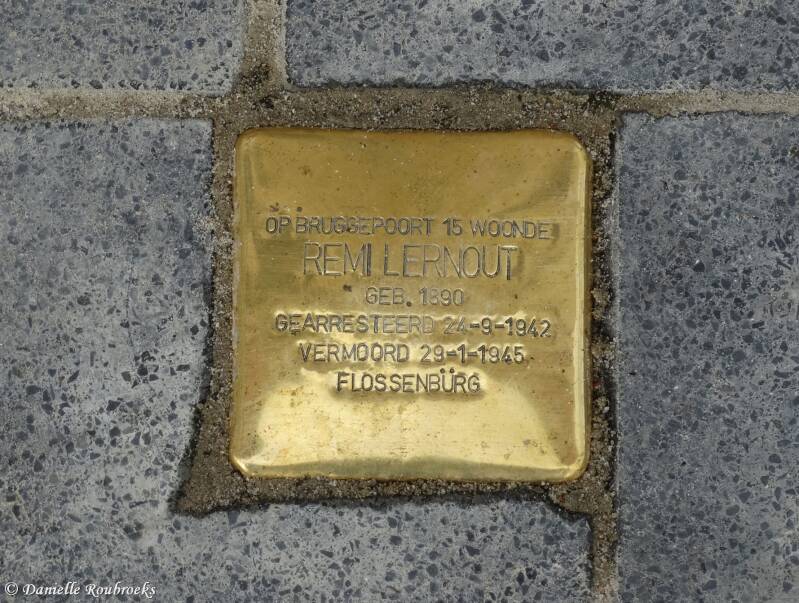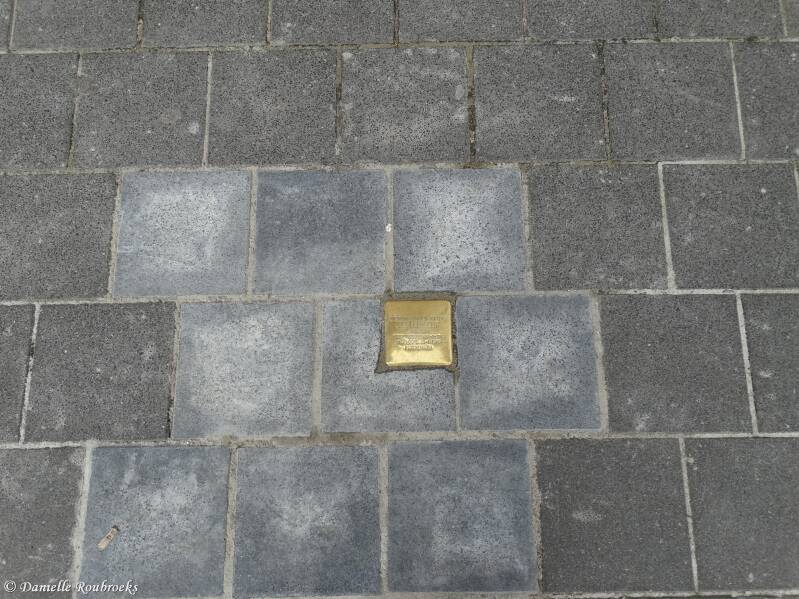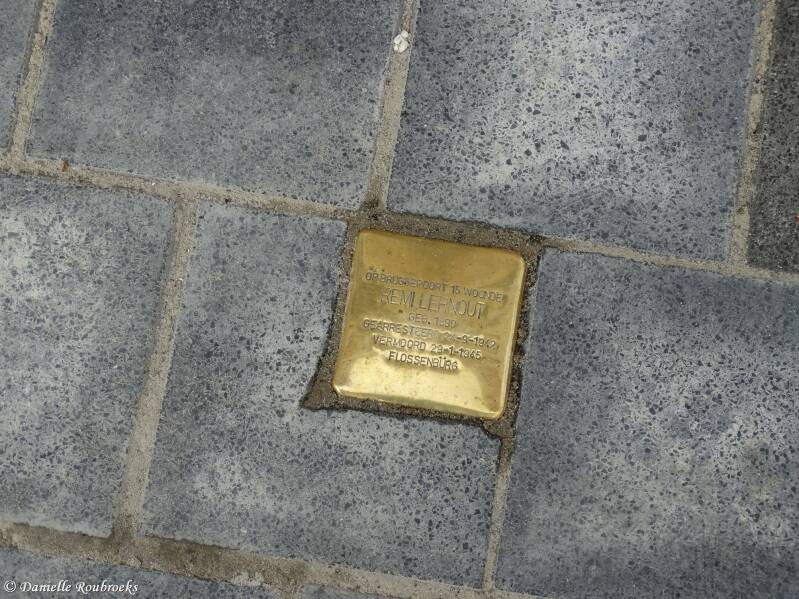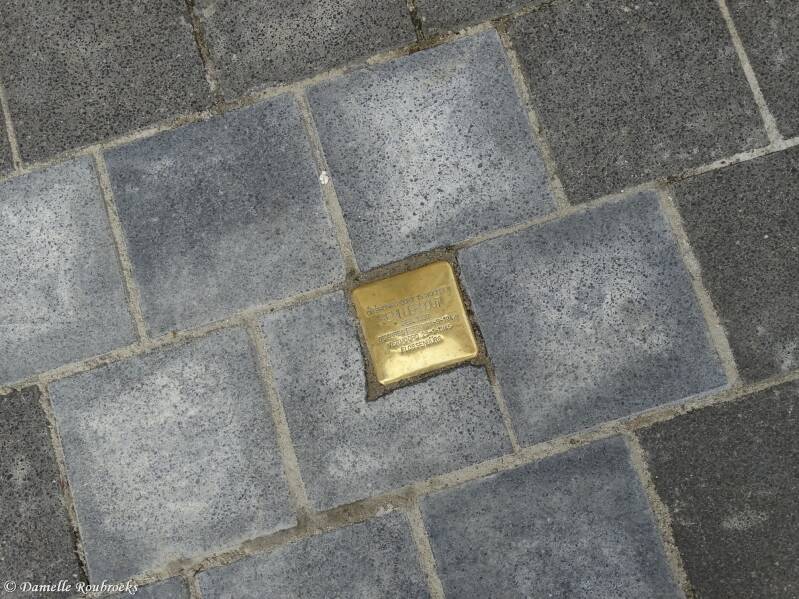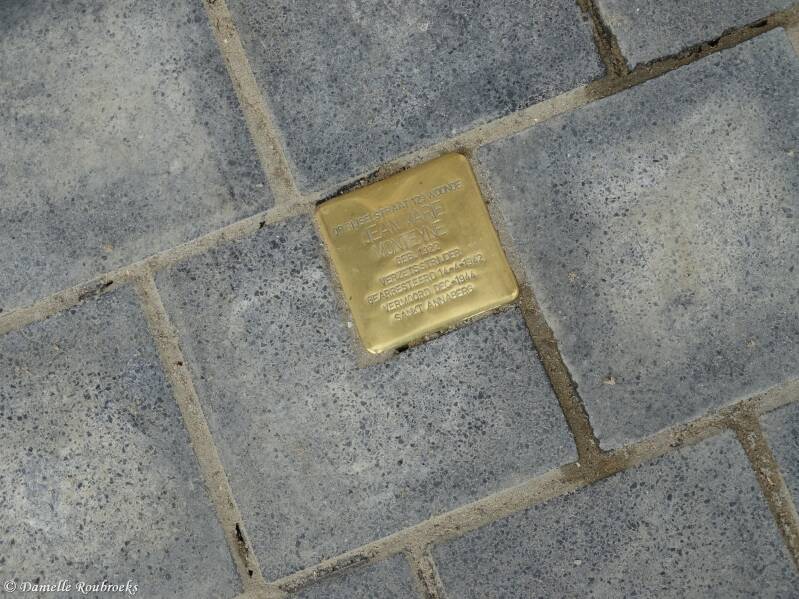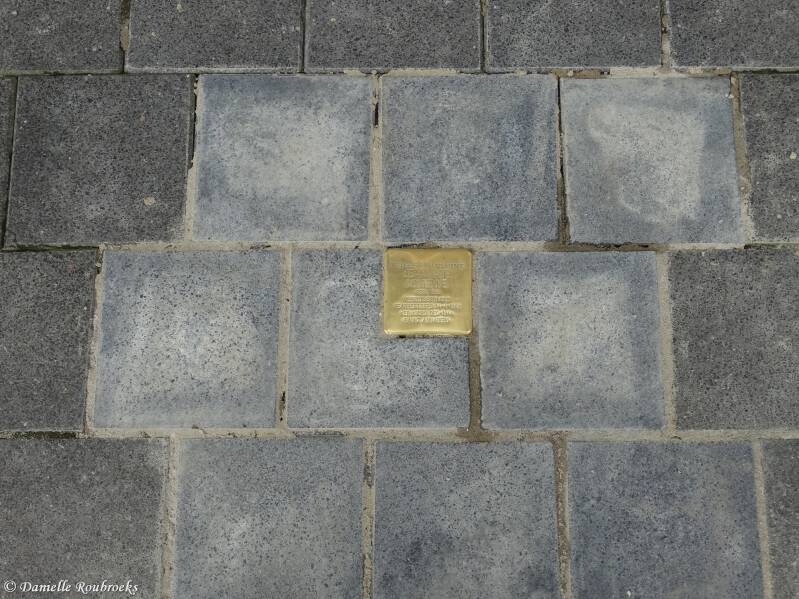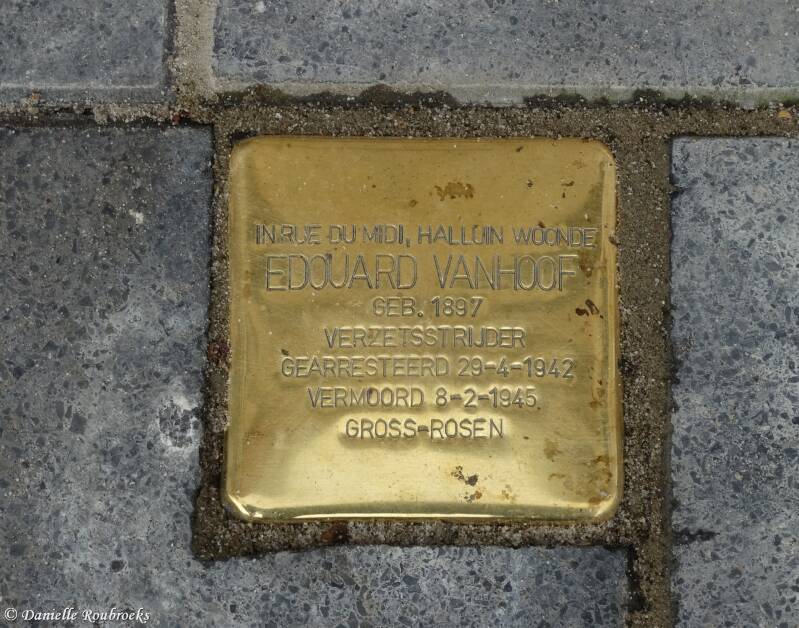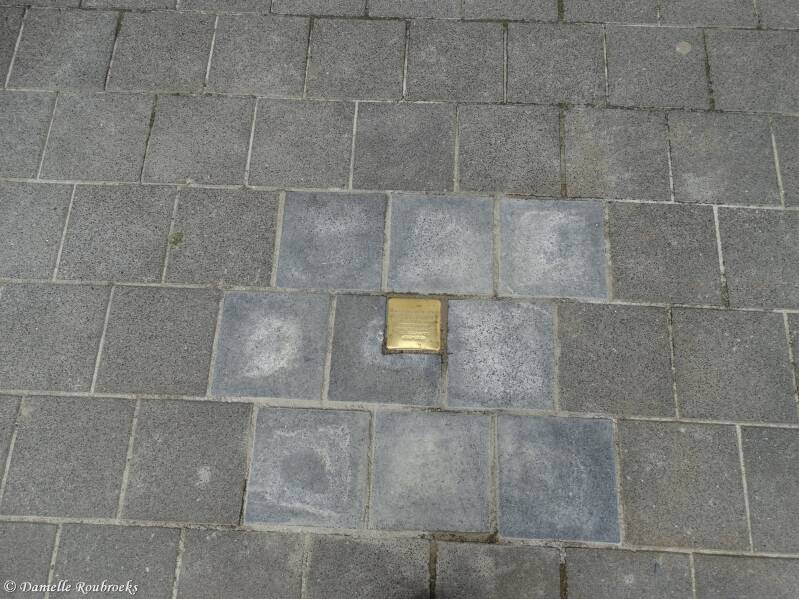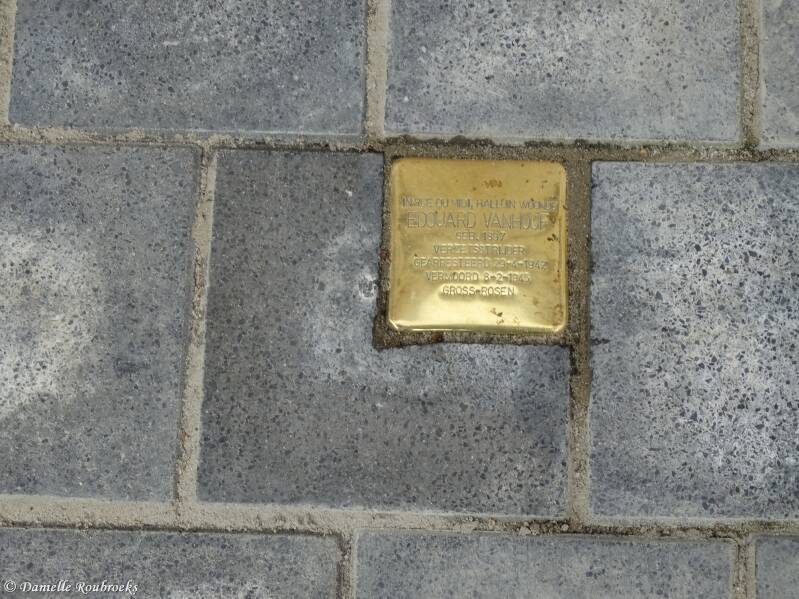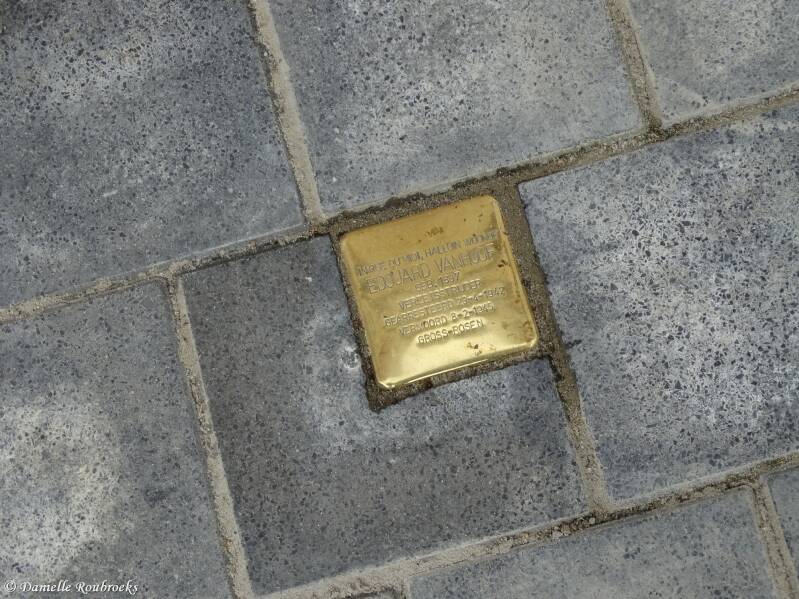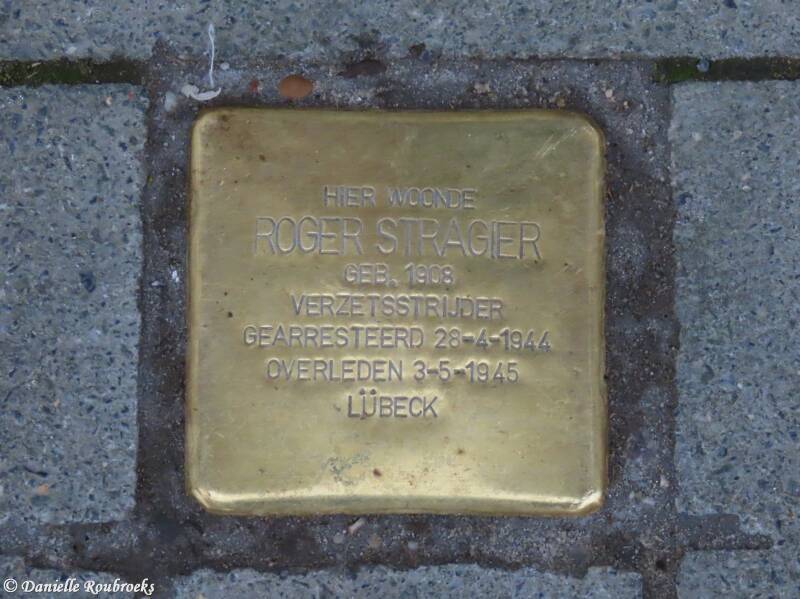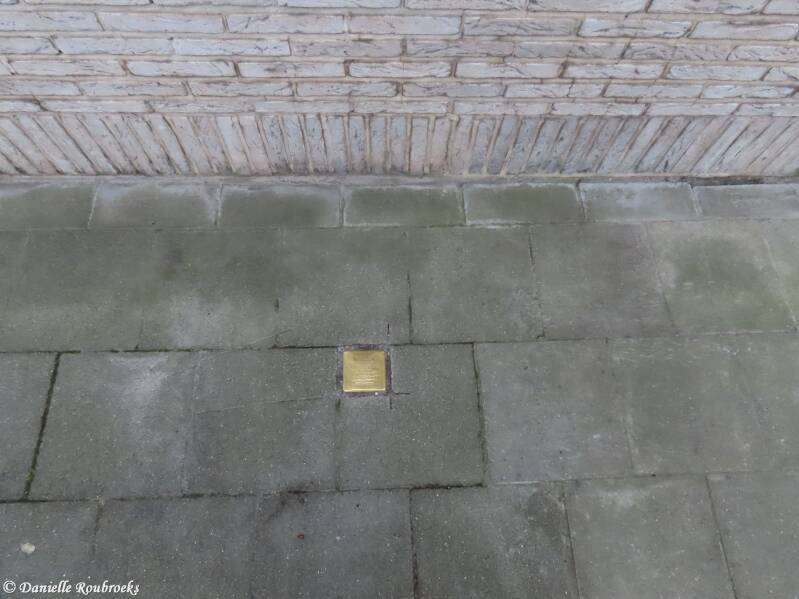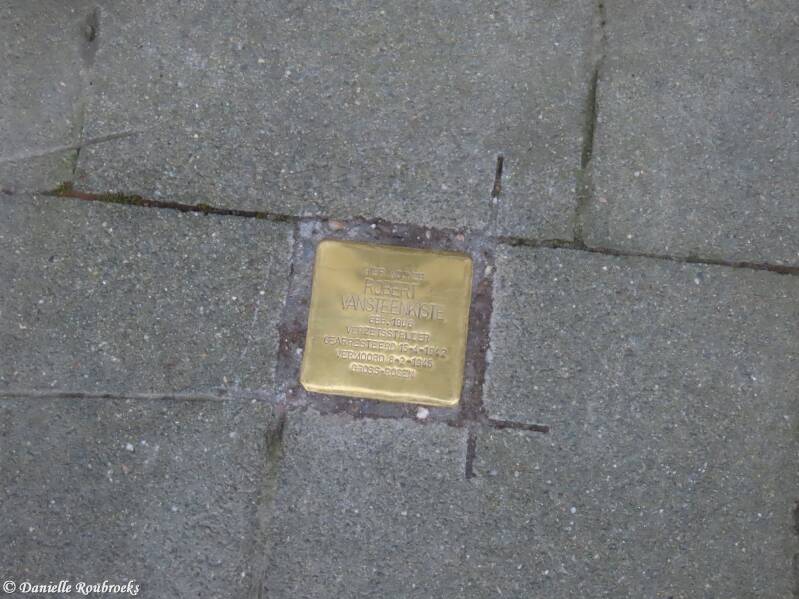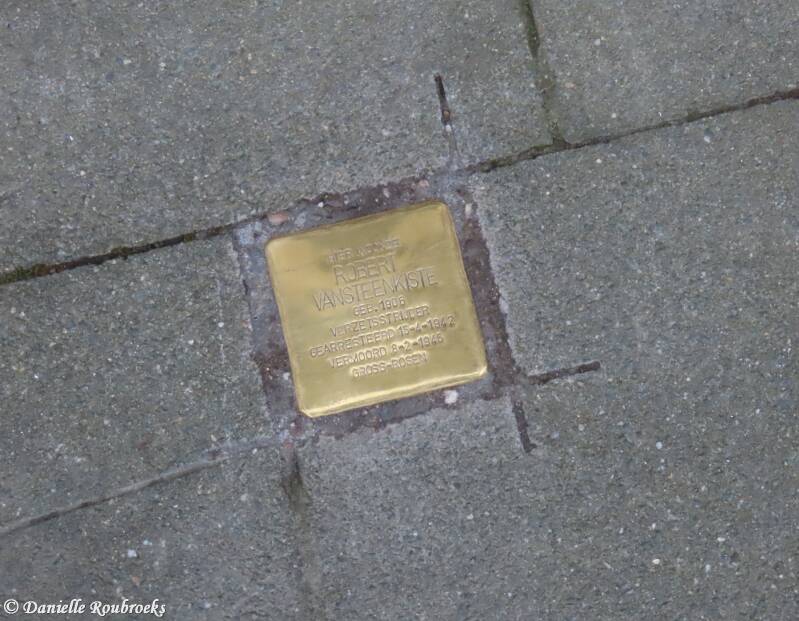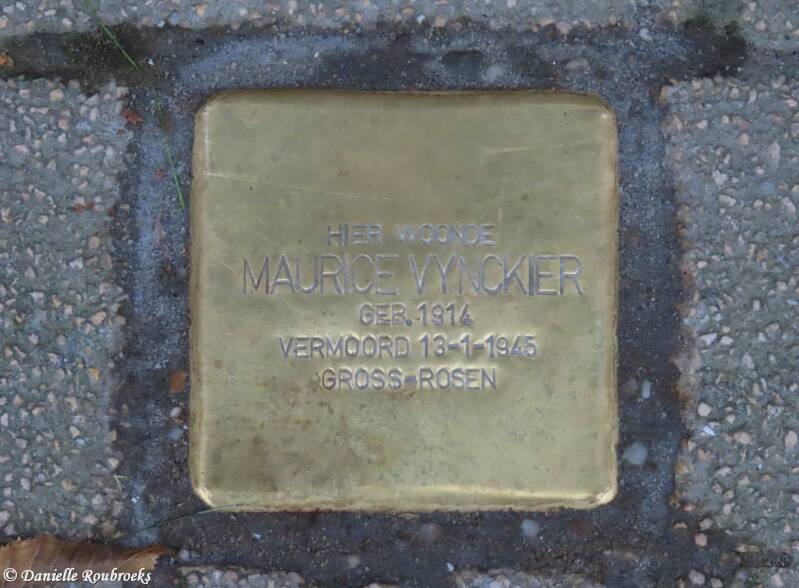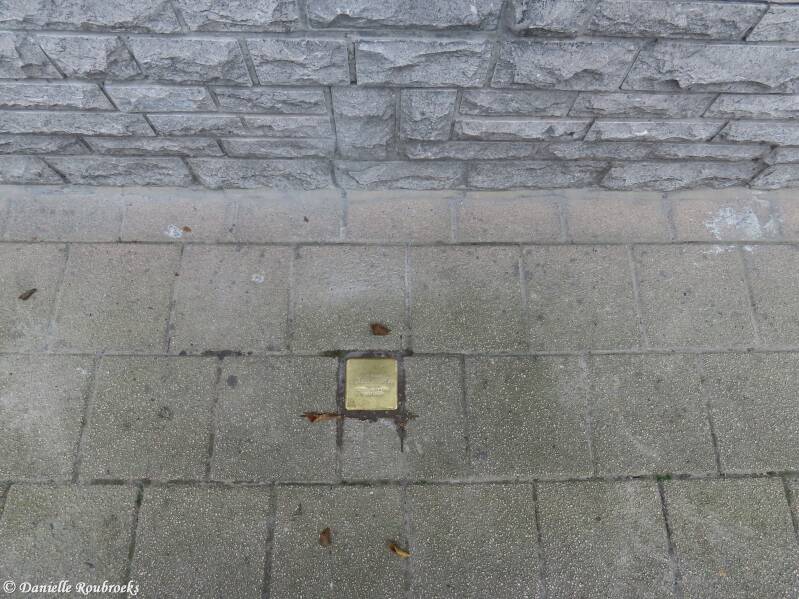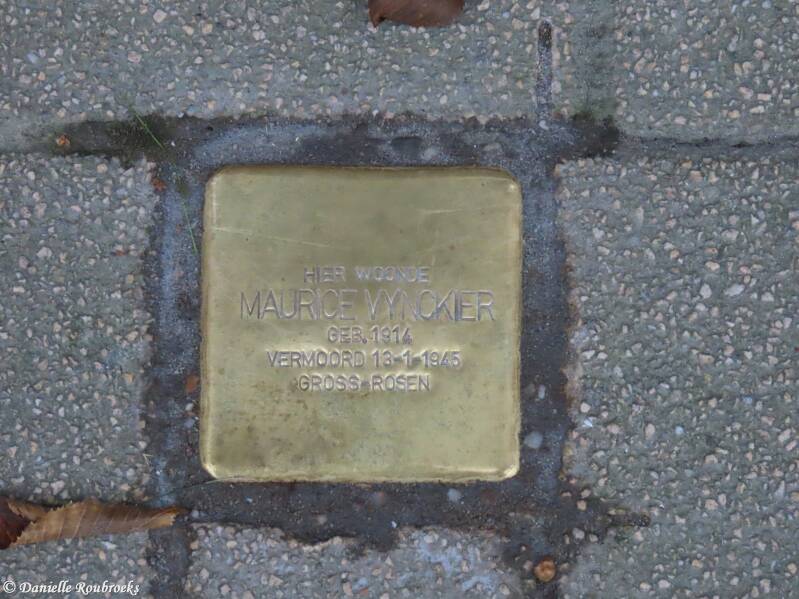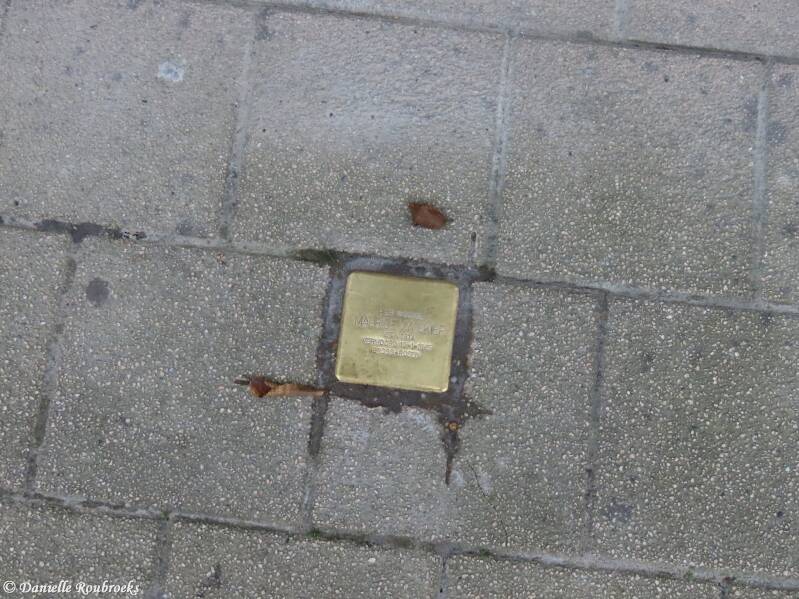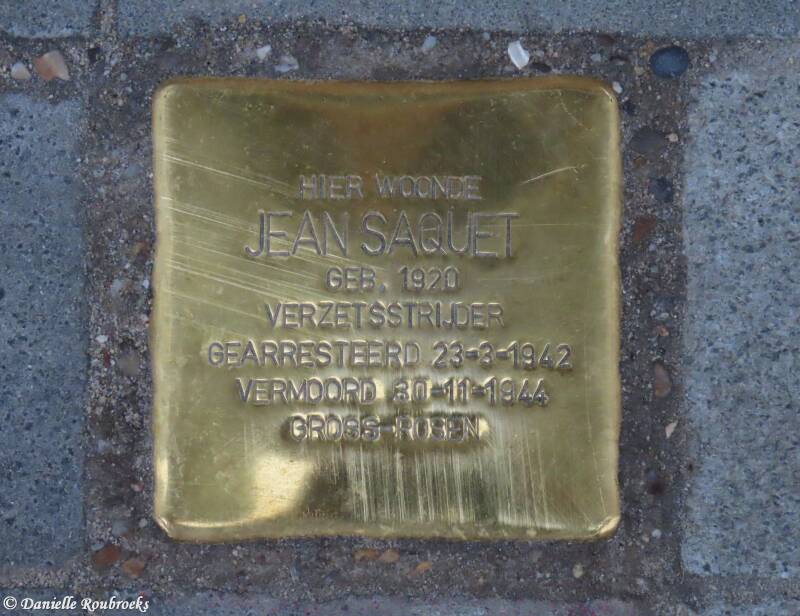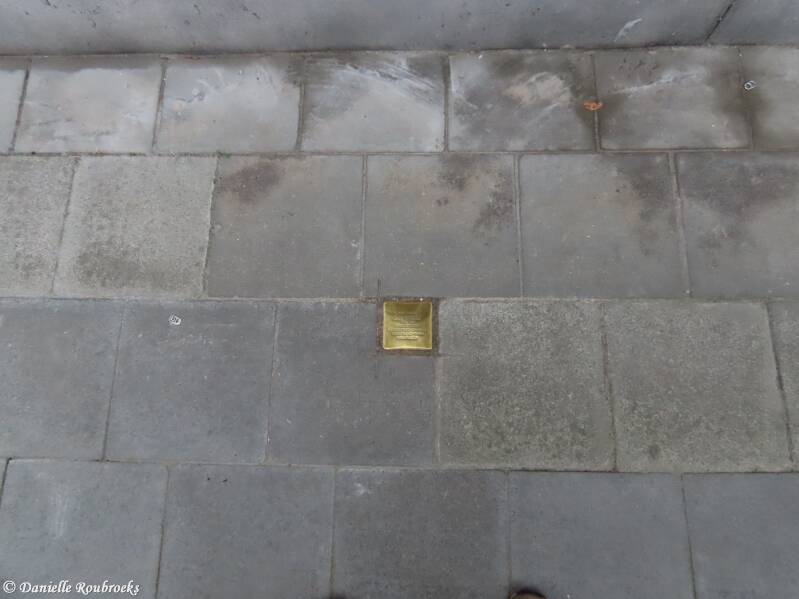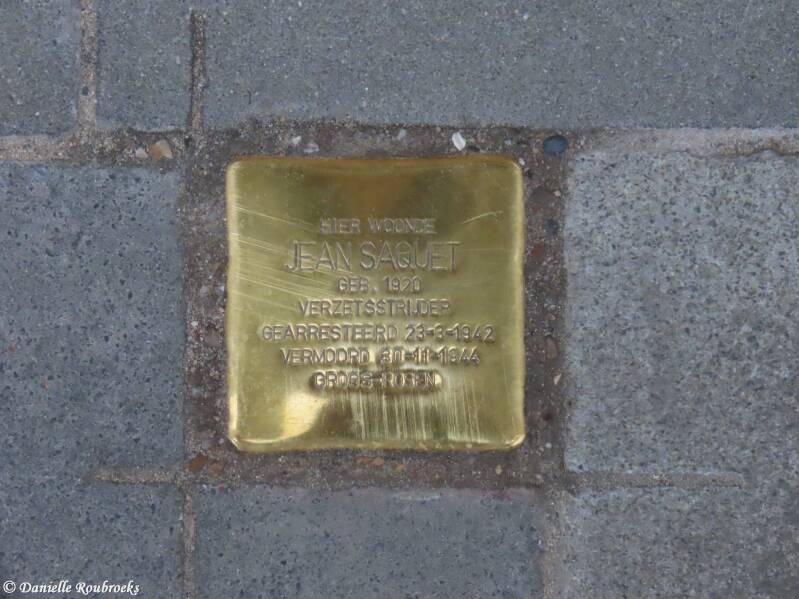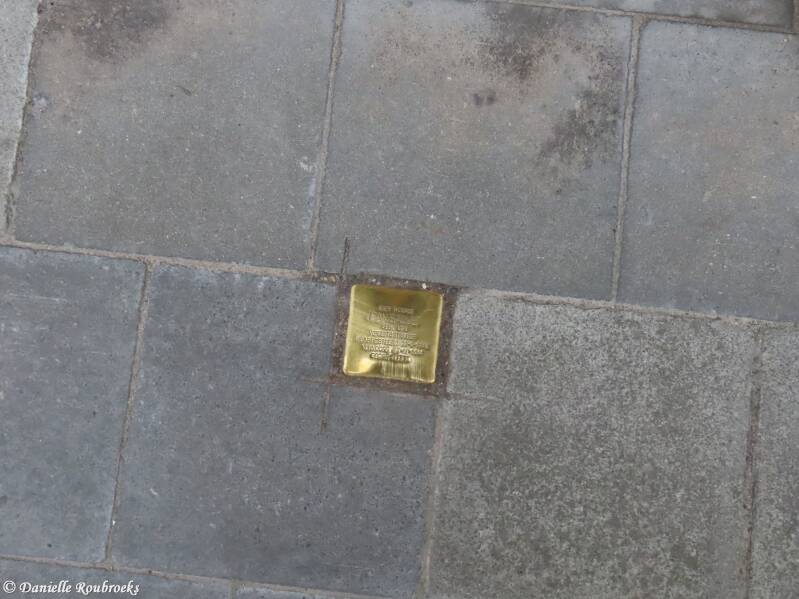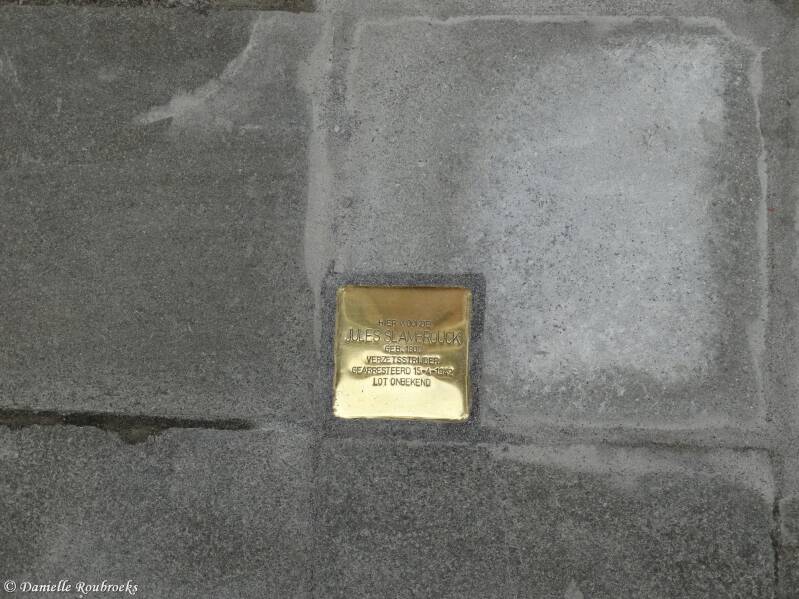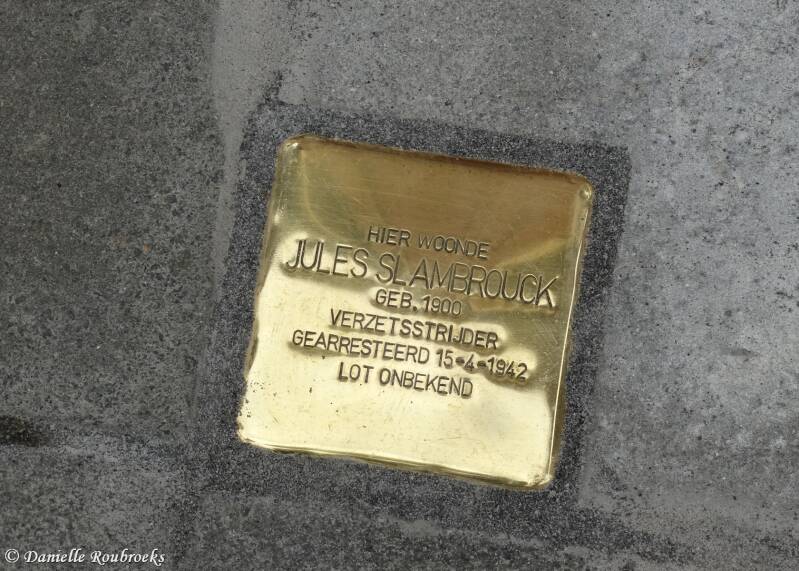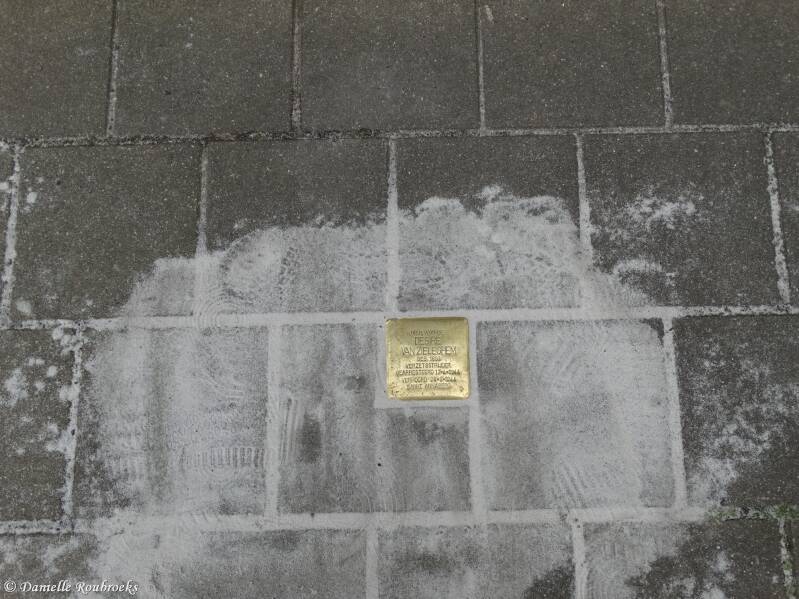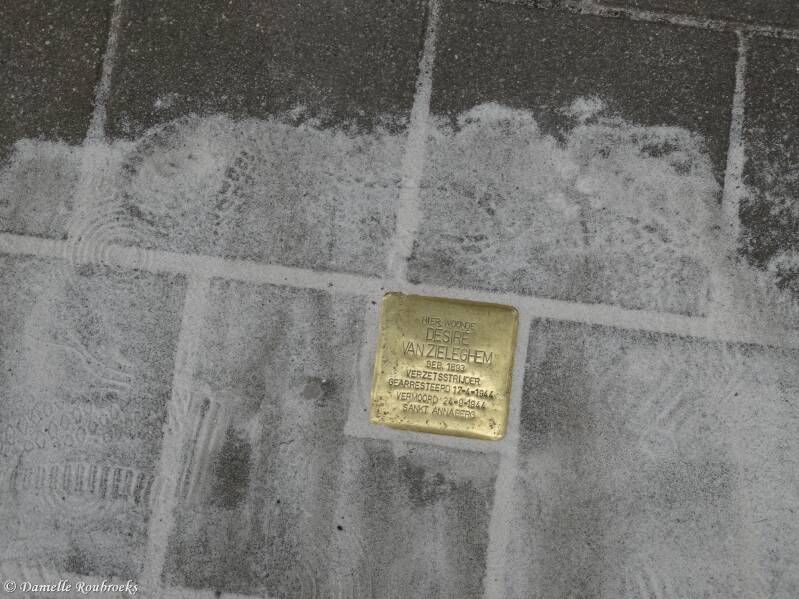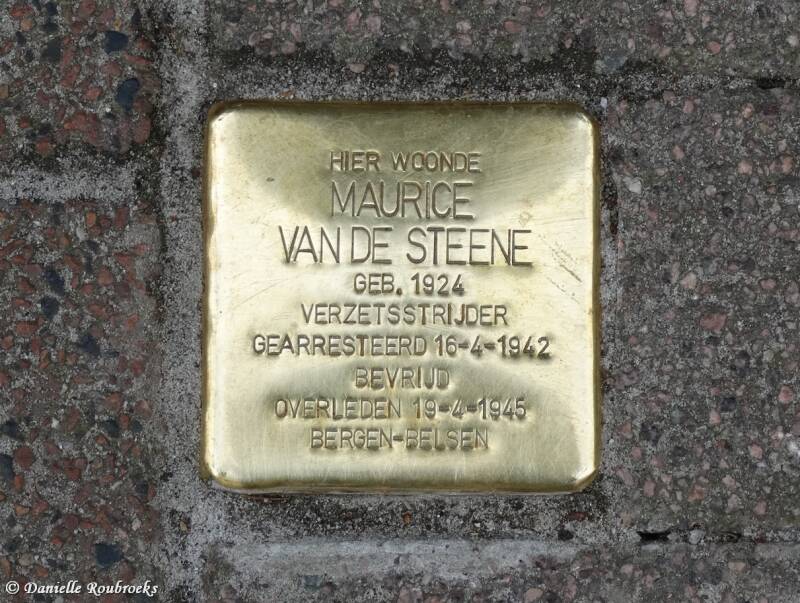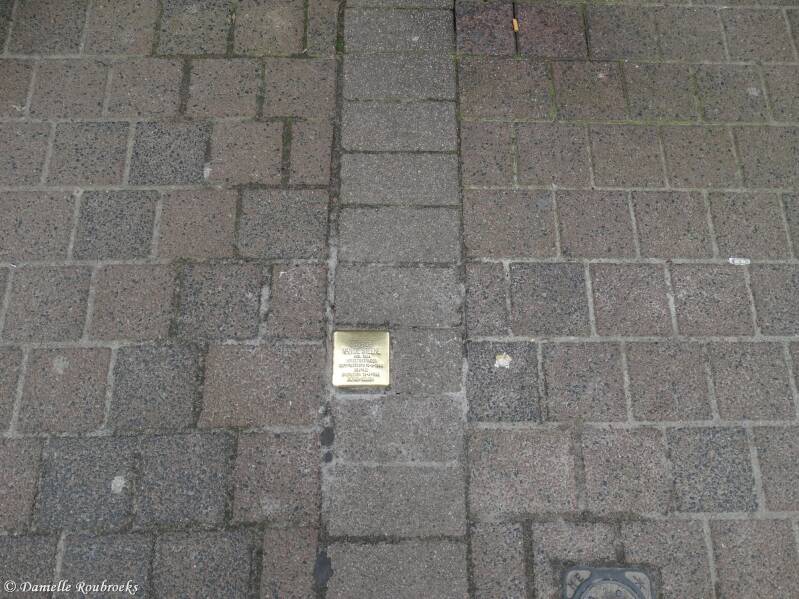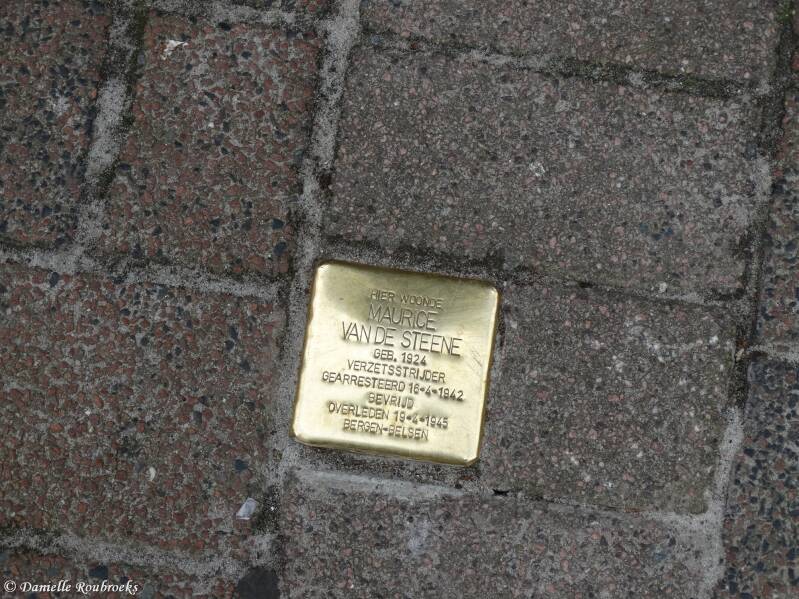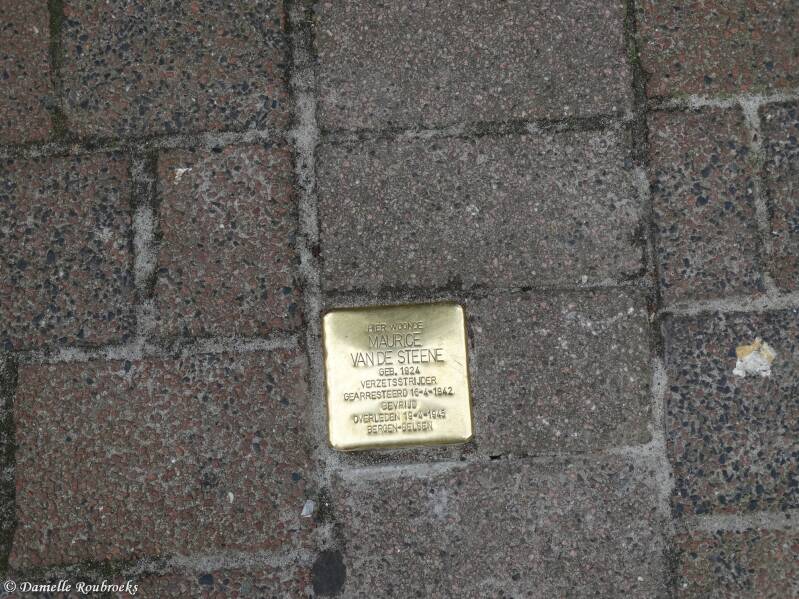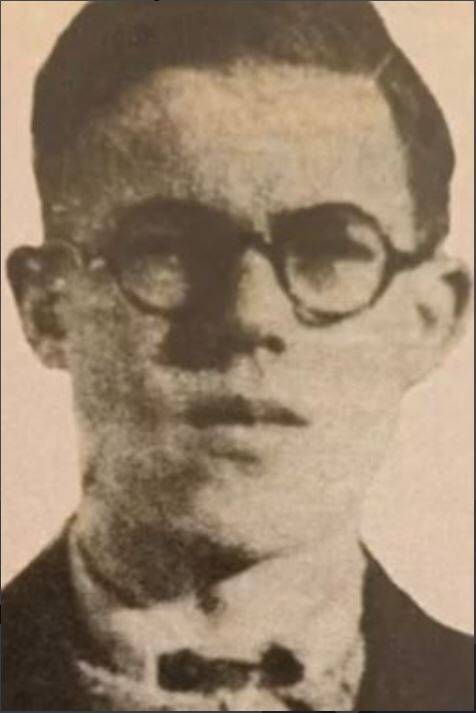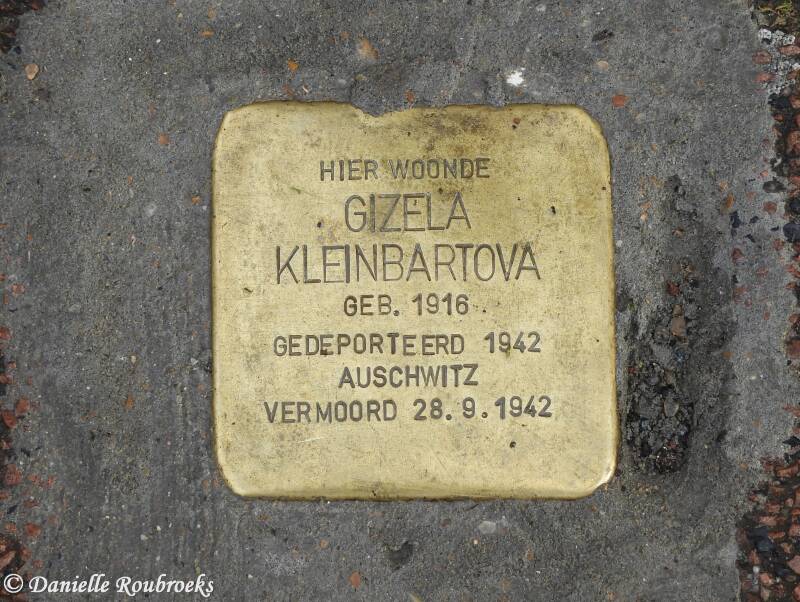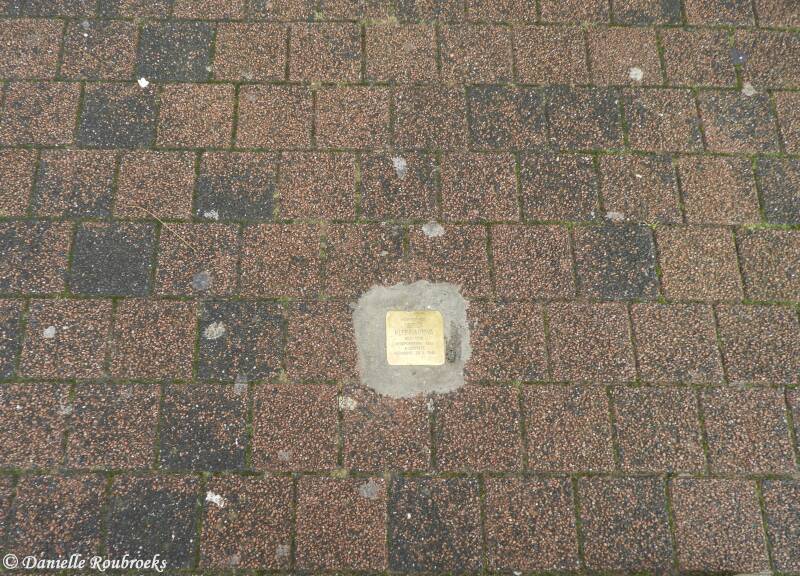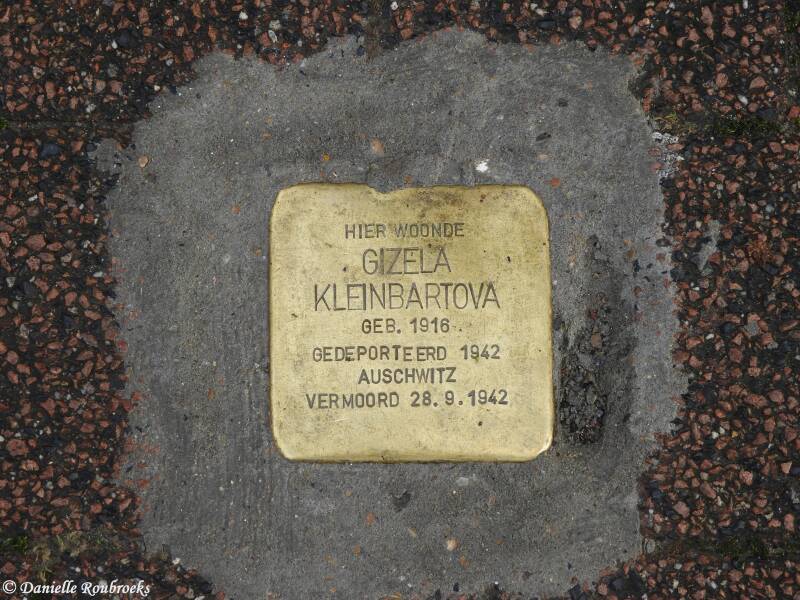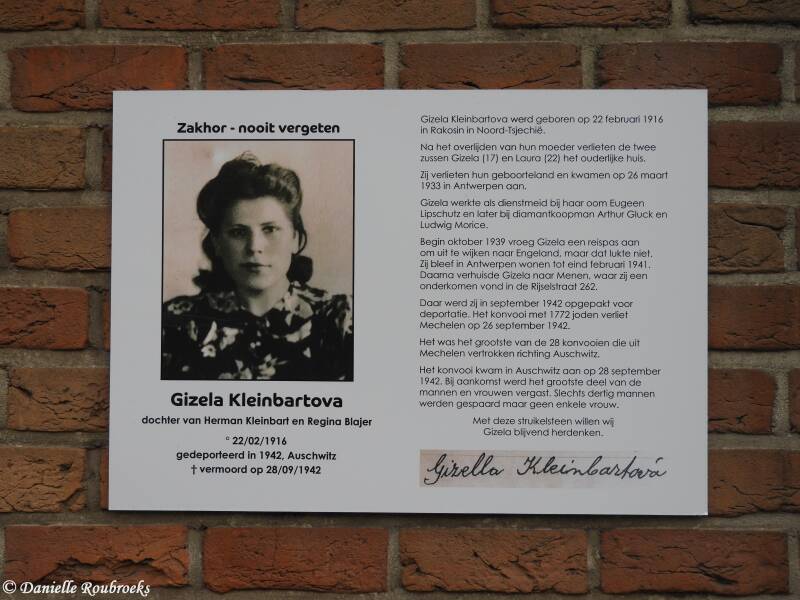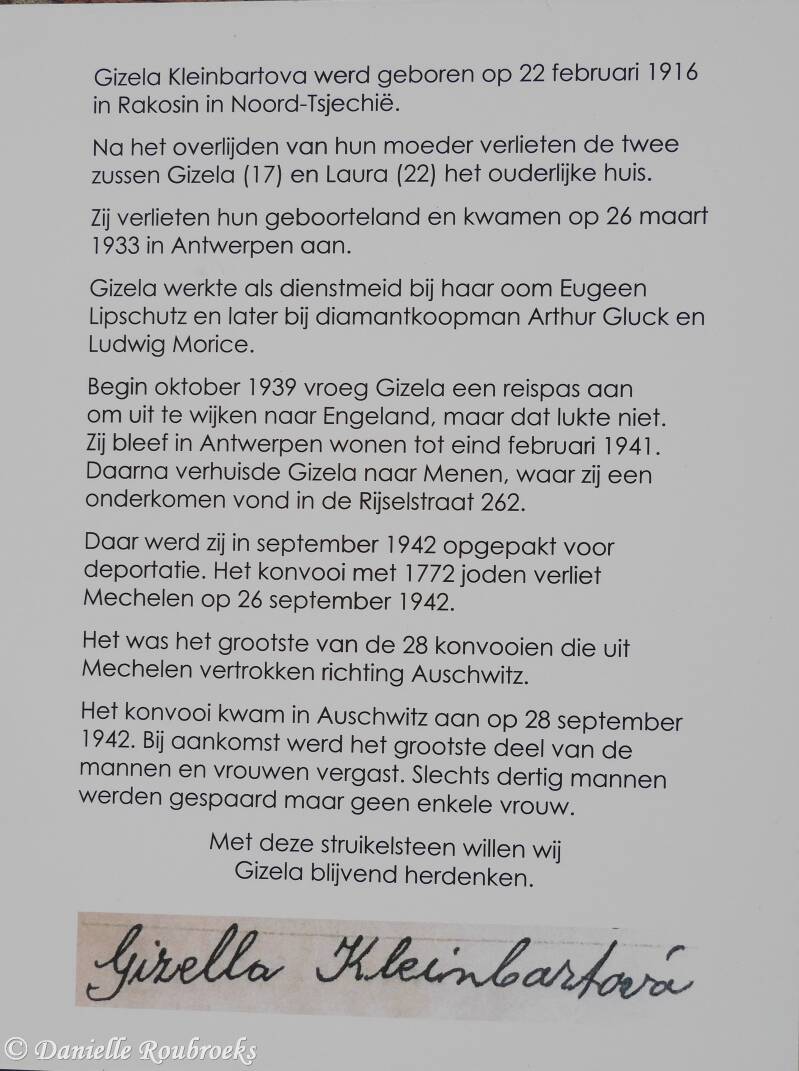Menen - Stolpersteine
Information: Wikipedia
A Stolperstein literally "stumbling stone", metaphorically a "stumbling block" is a sett-size, 10 by 10 centimetres (3.9 in × 3.9 in) concrete cube bearing a brass plate inscribed with the name and life dates of victims of Nazi extermination or persecution.
The Stolpersteine project, initiated by the German artist Gunter Demnig in 1992, aims to commemorate individuals at exactly the last place of residency—or, sometimes, work—which was freely chosen by the person before he or she fell victim to Nazi terror, euthanasia, eugenics, was deported to a concentration or extermination camp, or escaped persecution by emigration or suicide. As of 29 March 2018, over 67,000 Stolpersteine have been laid in 22 countries, making the Stolpersteine project the world's largest decentralized memorial.
The majority of Stolpersteine commemorate Jewish victims of the Holocaust. Others have been placed for Sinti and Romani people (then also called "gypsies"), homosexuals, the physically or mentally disabled, Jehovah's Witnesses, black people, members of the Communist Party, the Social Democratic Party, and the anti-Nazi Resistance, the Christian opposition (both Protestants and Catholics), and Freemasons, along with International Brigade soldiers in the Spanish Civil War, military deserters, conscientious objectors, escape helpers, capitulators, "habitual criminals", looters, and others charged with treason, military disobedience, or undermining the Nazi military, as well as Allied soldiers.
List of Stolpersteine in the city of Menen
Grote Markt: REMI LERNOUT
JEAN MARIE MONTEYNE
EDOUARD VANHOOF
Hogeweg 48: ROGER STRAGIER
Hogeweg 66: ROBERT VANSTEENKISTE
Ieperstraat 178: MAURICE VYNCKIER
Nieuwstraat 8: JEAN SAQUET
Ontvoogdingsstraat 67: SLAMBROUCK JULES
Oude Leielaan 83: VANZIELEGHEM DESIRE
Rijselstraat 45: VAN DE STEENE MAURICE
Rijselstraat 260: GIZELA KLEINBARTOVA
Grote Markt
op Bruggepoort 15 woonde
REMI LERNOUT
geb. 1890
gearresteerd 24-9-1942
vermoord 29-1-1945
Flossenbürg
Grote Markt
at Bruggepoort 15 lived
REMI LERNOUT
born 1890
arrested 24-9-1942
murdered 29-1-1945
Flossenbürg
Remi Lernout was arrested on September 24, 1942 for the illegal possession of a hunting weapon. He died in Flossenburg on January 29, 1945.
Grote Markt
op Rijselstraat 129 woonde
JEAN MARIE
MONTEYNE
geb. 1922
verzetsstrijder
gearresteerd 14-4-1942
vermoord Dec-1944
Sankt Annaberg
Grote Markt
at Rijselstraat 129 lived
JEAN MARIE
MONTEYNE
born 1922
resistance fighter
arrested 14-4-1942
murdered Dec-1944
Sankt Annaberg
Jean Marie Monteyne was arrested on April 14, 1942 on suspicion of espionage and distributing illegal press. He died in December 1944 in Gross-Strelitz.
Grote Markt
in Rue du Midi, Halluin woonde
EDOUARD VANHOOF
geb. 1897
verzetsstrijder
gearresteerd 29-4-1942
vermoord 8-2-1945
Gross-Rosen
Grote Markt
at Rue du Midi, Halluin lived
EDOUARD VANHOOF
born 1897
resistance fighter
arrested 29-4-1942
murdered 8-2-1945
Gross-Rosen
Edouard Vanhoof lived in Halluin and was arrested on April 29, 1942 as a member of the Menen resistance. He died on February 8, 1945 in Gross-Rosen.
Hogeweg 48
hier woonde
ROGER STRAGIER
geb. 1908
verzetsstrijder
gearresteerd 28.4.1944
overleden 3.5.1944
Lübeck
Hogeweg 48
here lived
ROGER STRAGIER
born 1908
resistance fighter
arrested 28.4.1944
died 3.5.1944
Lübeck
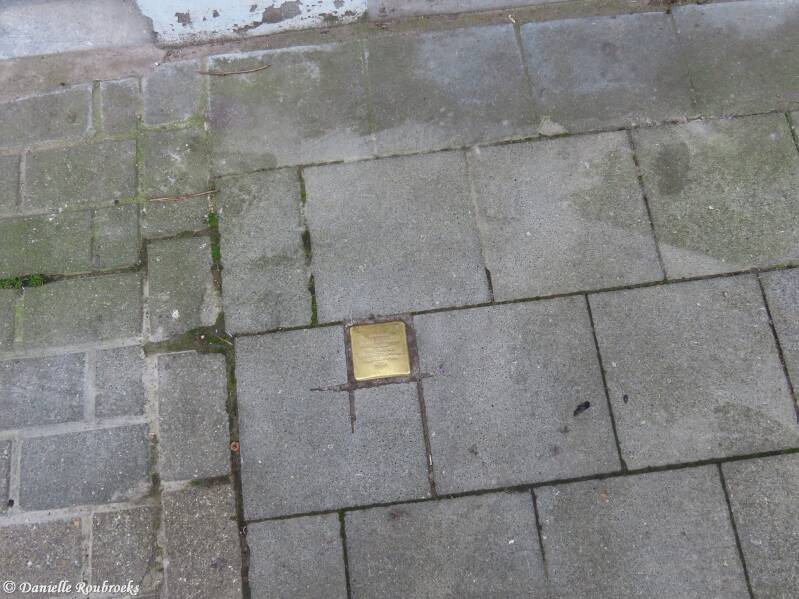

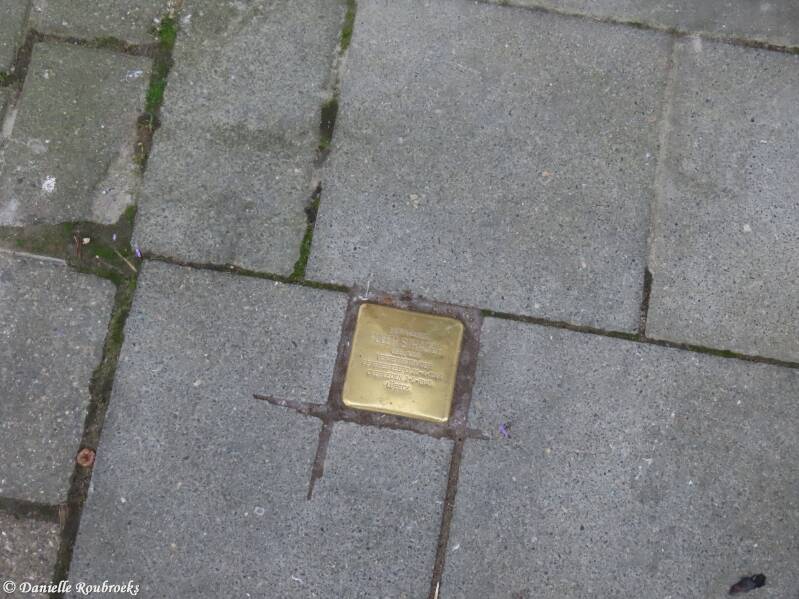
Hogeweg 66
hier woonde
ROBERT
VANSTEENKISTE
geb. 1906
verzetsstrijder
gearresteerd 15.4.1942
vermoord 8.2.1945
Gross-Rosen
Hogeweg 66
here lived
ROBERT
VANSTEENKISTE
born 1906
resistance fighter
arrested 15.4.1942
murdered 8.2.1945
Gross-Rosen
Ieperstraat 178
hier woonde
MAURICE VYNCKIER
geb. 1914
vermoord 13.1.1945
Gross-Rosen
Ieperstraat 178
here lived
MAURICE VYNCKIER
born 1914
murdered 13.1.1945
Gross-Rosen
Nieuwstraat 8
hier woonde
JEAN SAQUET
geb. 1920
verzetsstrijder
gearresteerd 23.3.1942
vermoord 30.11.1944
Gross-Rosen
Nieuwstraat 8
here lived
JEAN SAQUET
born 1920
resistance fighter
arrested 23.3.1942
murdered 30.11.1944
Gross-Rosen
Ontvoogdingsstraat 67
hier woonde
JULES SLAMBROUCK
geb. 1900
verzetsstrijder
gearresteerd 15-4-1942
lot onbekend
Ontvoogdingsstraat 67
here lived
JULES SLAMBROUCK
born 1900
resistance fighter
arrested 15-4-1942
fate unknown
Jules Slambrouck was a civil registry clerk. He recruited a lot of people to join the resistance. He was arrested on April 14, 1942. He was last seen on April 20, 1945 in the Bautzen camp.
Oude Leielaan 83
hier woonde
DESIRE
VANZIELEGHEM
geb. 1893
verzetsstrijder
gearresteerd 17-4-1944
vermoord 24-9-1944
Sankt Annaberg
Oude Leielaan 83
here lived
DESIRE
VANZIELEGHEM
born 1893
resistance fighter
arrested 17-4-1944
murdered 24-9-1944
Sankt Annaberg
Joiner Désiré Vanzieleghem was also a member of the resistance in Menen and lived on Oude Leielaan. He received weapons, ammunition and a broadcasting post from Jules Slambrouck, among others. Shortly before his arrest by the Feldgendarmen, he threw all the material into the Leie. That material was later fished out again by the Feldgendarmen. Désiré Vanzieleghem died at the age of 49 in the concentration camp in Gross Strelitz, Poland on September 24, 1944.
Rijselstraat 45
hier woonde
MAURICE
VAN DE STEENE
geb. 1924
verzetsstrijder
gearresteerd 16-4-1942
bevrijd
overleden 19-4-1945
Bergen-Belsen
Rijselstraat 45
here lived
MAURICE
VAN DE STEENE
born 1924
resistance fighter
arrested 16-4-1942
liberated
deceased 19-4-1945
Bergen-Belsen
Maurice was barely 18 years old, worked as an accountant and was a member of the resistance in Menen. He was arrested on April 16 1942 for distributing leaflets against the German occupier, passed through several concentration camps before dying at the age of just 20 in April 1945 of typhus in the Bergen-Belsen camp north of Hannover.
Rijselstraat 260
hier woonde
GIZELA
KLEINBARTOVA
geb. 1916
gedeporteerd 1942
Auschwitz
vermoord 28.9.1942
Rijselstraat 260
here lived
GIZELA
KLEINBARTOVA
born 1916
deported 1942
Auschwitz
murdered 28.9.1942
Gizela Kleinbartova was born on February 22, 1916 in Raskovin in the north of the Czech Republic. “After her mother died, she left the parental home with her older sister Laura. They arrived in Antwerp on March 26, 1933,” Marc recalls. “Gizela worked as a maid for her uncle and later went on to work for diamond merchant Arthur Gluck and Ludwig Morice, also a diamond merchant. After her residence permit was not extended, she went to the Netherlands for a while, but she came back to Antwerp. She probably felt that the ground was getting too hot for the Jews and in early October 1939 she applied for a travel pass for England. However, she continued to live in Antwerp until the end of February 1941. Then she moved to Menen. Maybe she moved closer to the border to make it easier to flee to France.”
Gizela found shelter in the house in Rijselstraat 262, where she was arrested in 1942. “After her arrest, the Germans transferred her to the Dossin barracks in Mechelen. On September 26, 1942, she left our country, on Transport XI, with 1,772 Jews for Auschwitz. On arrival, the Nazis gassed almost all the people in her convoy, only 30 men were spared. Gizela was murdered on September 28, 1942, when she was 26 years old.”


